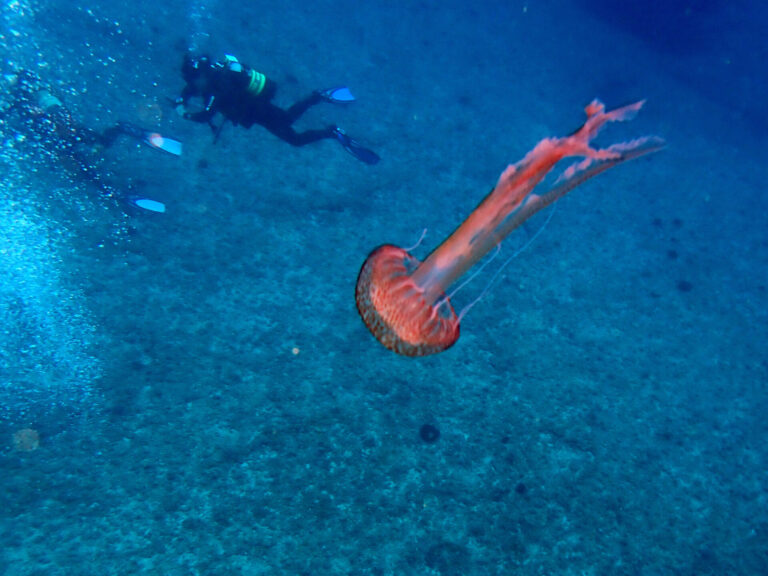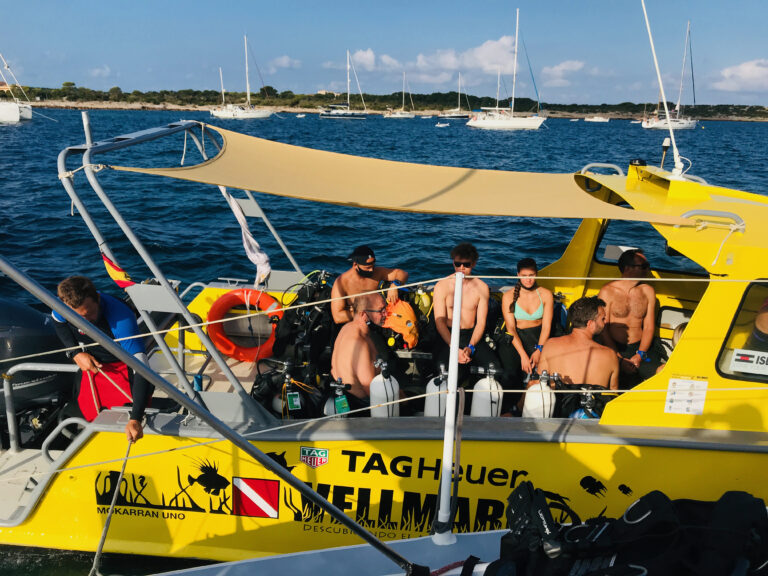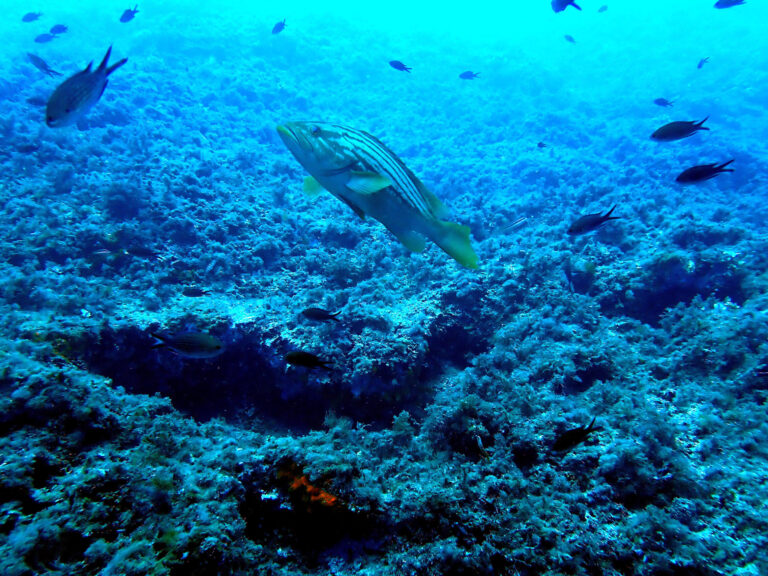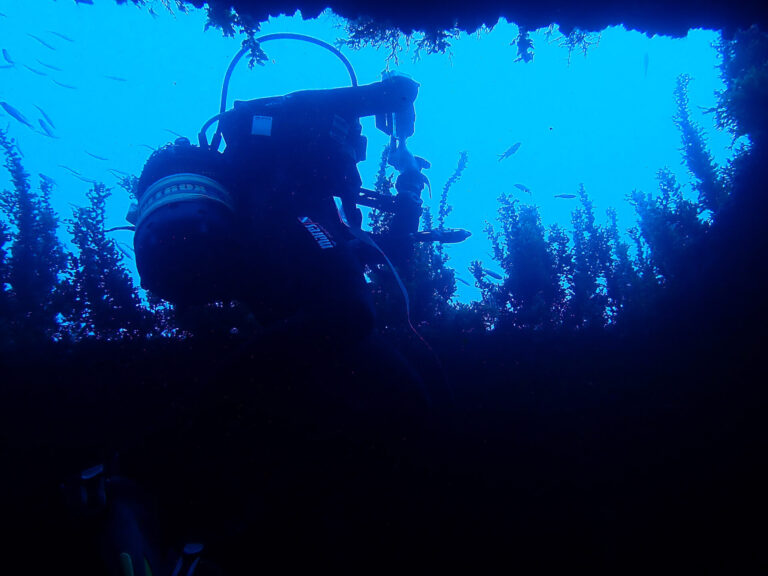Diving as a part of our executive leadership coaching for managers
Technically speaking, diving is “temporary survival” in an environment that is deadly for humans. Similar to mountaineering above 6000 m, survival in these zones is limited in time. The climber does not recover even if he/she takes a break. His/her survival is limited to a few days.
In the case of divers, the survival time under water is reduced to 30 seconds to 3 minutes, depending on training, physical fitness and psychological resilience. This requires special skills and qualifications for managers under water. These skills are also of great help in business life. That is why we, as experienced divers, have already carried out the training of the executives coached by us under water.
What are the additional qualifications for the dive guide / instructor that are essential for survival under water and can become crucial in everyday business life?
We have identified 7 fields for managers that are crucial:
1. Be a role model!
Leadership by example is only possible through sufficient reflected experience. It is not enough to repeat for years the same mistakes that people made in the first six months of training, unnoticed by third parties. Reflection means becoming better over the years through permanent supervision until a person has become a master himself/herself. Then the person needs the corresponding pedagogical talents to pass this on.
2. Risk awareness!
As a leader, I must be able to assess the risks of an intended action, not only in situations where survival is at stake. In addition, appropriate safety buffers and rescue measures must also be planned for small risks of possible emergencies in order to safeguard the unforeseen in terms of risk. The leader must be able to intercept unexpected threatening events with appropriate countermeasures. These procedures can be observed and learned very well in a figurative sense during diving.
3.Be communicatively clear!
This sounds simple and everyone will confirm it. In detail, people today need intensive practice in communicating clear statements. We call a corresponding exercise: “Perceive, Assume, Evaluate, Act”. In times of “alternative facts” à la Trump and fakenews in the electronic media, we need to complement lies and hallucinations in the field of perception.
There is a difference between saying “Look, the bird!” and “Look: 25 m southwestlic by the oak tree, the tree hawk – how it swoops down on its prey on the ground!”
Before each dive there is a precise briefing on the situation, goal, activity and time. After that, there are only hand signals under water from a fixed catalogue of signals with clear meanings.
4. Self-awareness
This is a quality that I, as a management consultant, have come to expect from my staff as consultants. Whoever advises others should know exactly what the personal parts are that he or she uses in an argument and where in the field of past experiences they come from.
If you don’t know yourself well enough, you shouldn’t want to show others the way.
5. Intuitive and open to perception!
Openness to the “drawer-free” perception of reality is a mandatory prerequisite for the analysis of contexts that are to be changed.
The use of intuition plays a major role in this. The art is to learn to distinguish intuition from hallucination.
6. Confidence is the prerequisite for safe leadership.
An obvious example comes from another sport, horse riding. As soon as riders are uncertain about overcoming obstacles or the right way, the horse stumbles. Under water or in everyday leadership, it is rather a queasy feeling that creeps up on your dive guide or executive. It is of little use to feign sovereignty. You notice this as an employee. If you are uncertain, you have to stop, ask questions and find answers in order to assess the risk appropriately.
7. Physically and mentally fit.
If you are not fit enough, you cannot be an example. Here I don’t mean that leadership consists of being the fastest and smartest.
With age, physical fitness decreases and experience increases. Age-appropriate fitness and mental stability in complex stress and dangerous situations combined with openness and curiosity are the right mix for role models. This is especially true for dealing with one’s own mistakes.








































